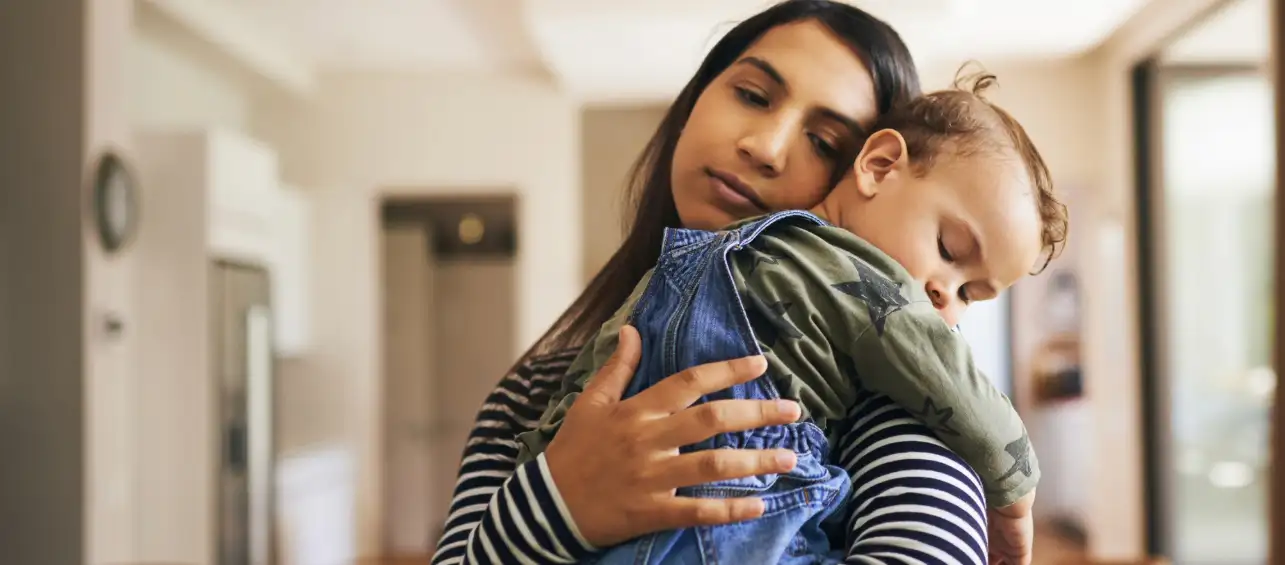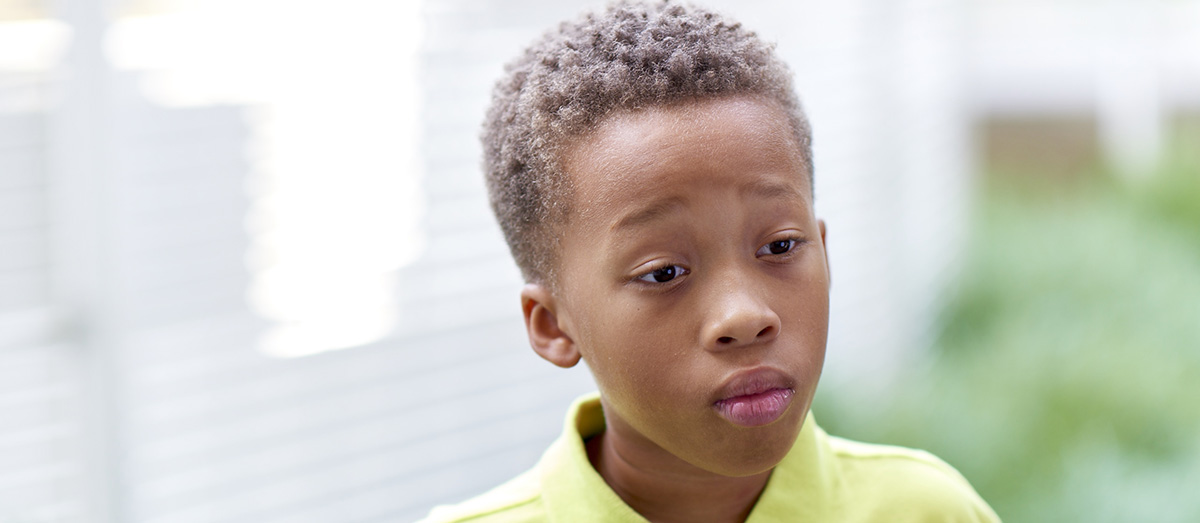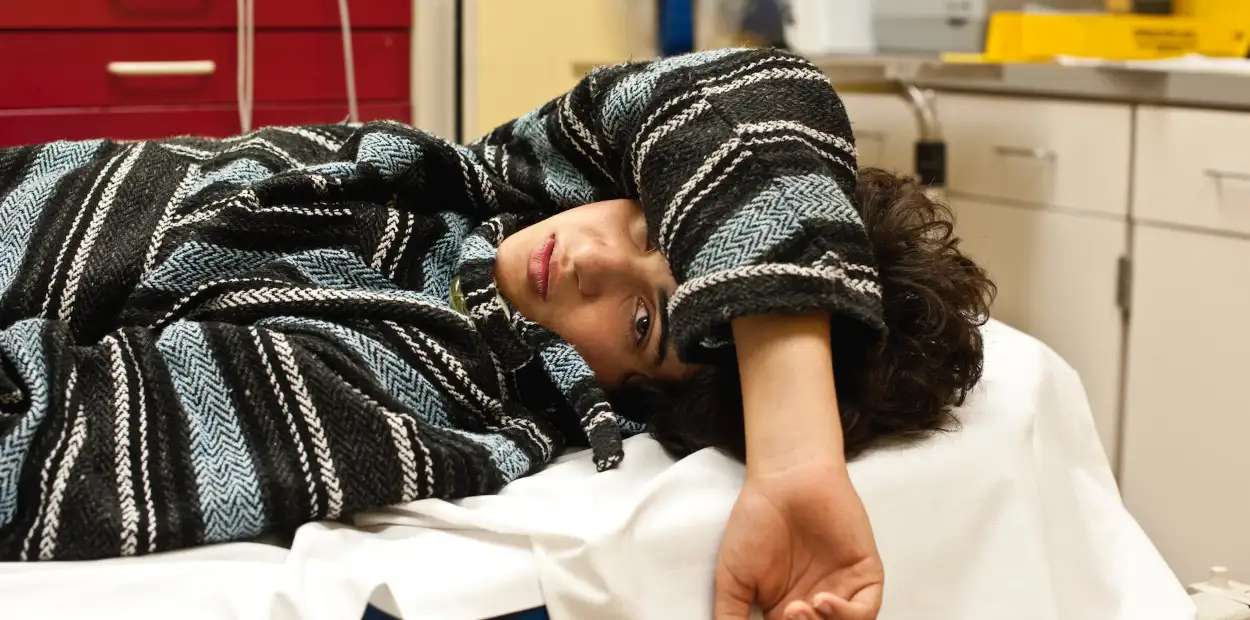A seizure is one of the scariest things a parent can experience. It’s unexpected, overwhelming and you don’t know why it’s happening or when it’s going to end.
A seizure is chaotic and terrifying, but the good news is that one of the most common types of seizures is the febrile seizure, which does not cause serious long-term health effects for your child.
Febrile seizures are most common in kids between six months and six years of age, with the peak occurring between 12 and 18 months. About two percent of kids under the age of six will have at least one and they are slightly more likely to happen in boys than girls.
Why Febrile Seizures Happen
The answer to why they happen is complicated and not fully understood. Experts think that the developing brain and nervous system are more susceptible to developing seizures when a child has an illness with fever. Most febrile seizures happen on the first day of an illness and can be triggered by many common childhood infections. The fever is the symptom that distinguishes a febrile seizure from an epileptic seizure. We also find that many kids who experience them have siblings, parents or other relatives who also had them. There are two categories of febrile seizures
Simple Febrile Seizure
• 95% of febrile seizures fall into this category.
• They are less than 15 minutes in length, with the majority being less than three minutes.
• There are convulsions on both sides of the body.
• The child has only one seizure in a 24-hour period.
If your child had a simple febrile seizure they have not suffered brain damage, significant injuries to organs or muscles, and their body has not been deprived of oxygen. There are no long-term complications with this type of febrile seizure and no greater chance your child will develop epilepsy.
Complex Febrile Seizure
• Lasts longer than 15 minutes.
• There are convulsions on one side of the body
• The child has multiple seizures in a 24-hour period
Children who have had a complex febrile seizure have a 10 percent greater chance of developing epilepsy than the average child. A seizures that lasts longer than 15 minutes can cause injury to the brain and organs.
What to Do When It’s Happening
Things you can do to keep your child safe when they have a seizure:
• Move the child off of anything they could fall from and put them to the floor.
• If you’re with someone else have them call 911.
• A child having a seizure will not swallow his or her tongue — don’t put anything in their mouth.
• Try to time the seizure so doctors can get an accurate picture of the severity.
• Once the convulsions have stopped, lay the child on their side so they don’t choke on liquids in their mouth.
• If you decide not to have the child transported by ambulance you should have them checked out by a doctor shortly after the seizure.
A seizure is the body’s equivalent of a computer crashing. After the seizure the body needs to reboot itself. Because of that, children will remain either unconscious or minimally conscious for a few minutes or up to a couple hours after the seizure as their brain comes back online.
Will It Happen Again?
If your child has already had one, there is a 33 percent chance your child will have another febrile seizure. If that happens, the second seizure will likely look about the same as the first one in terms of length and characteristics. Children who have two or more febrile seizures have a 50 percent chance of having them periodically until they’re around six years old.
If your child has recently had a seizure it is important they are checked by a doctor, or go to an emergency room.






